博文
用于产生各种形式光的纳米级系统
||
用于产生各种形式光的纳米级系统
诸平
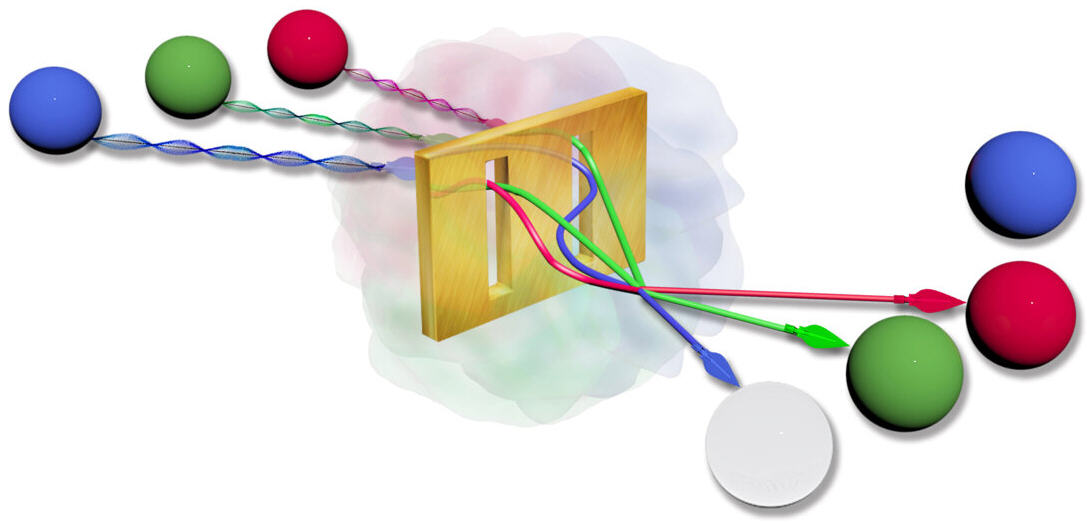
Multiparticle scattering in plasmonic systems. Credit: LSU
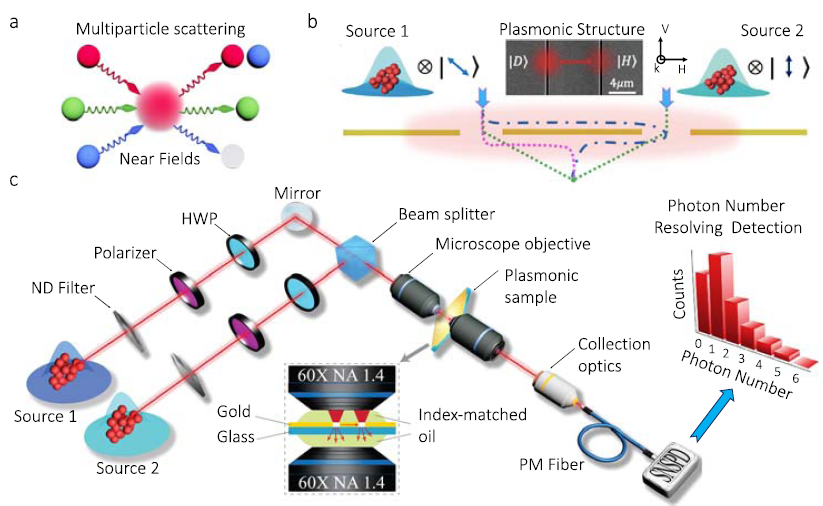

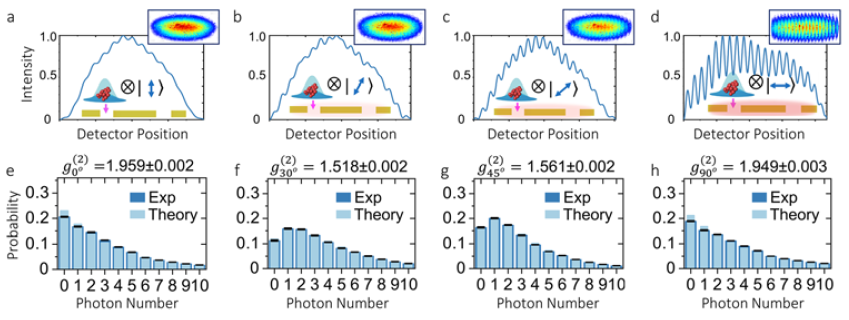

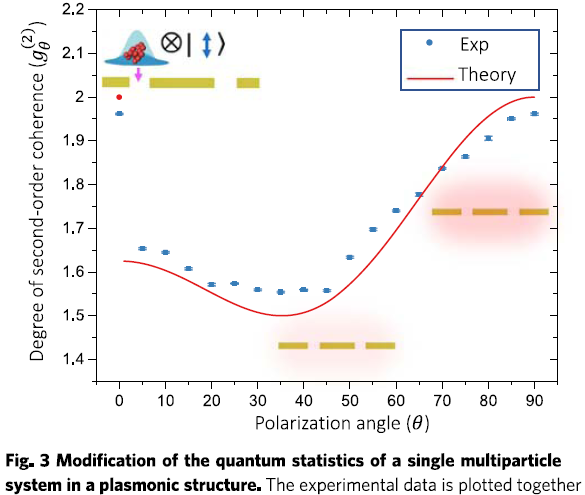
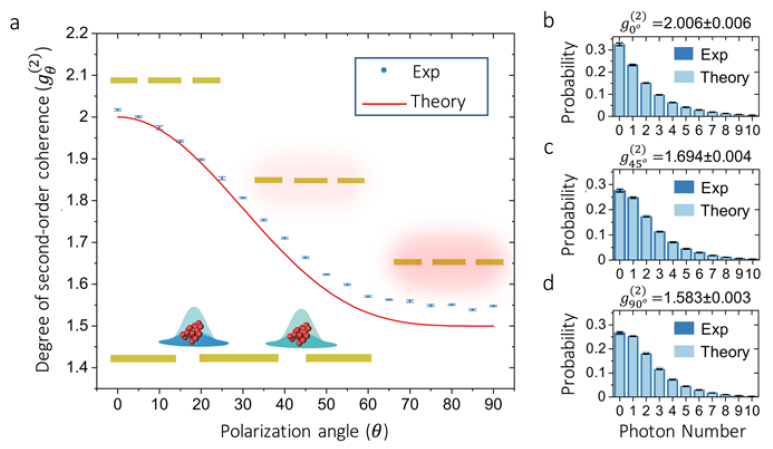


据美国路易斯安那州立大学(Louisiana State University简称LSU)2021年8月27日提供的消息,该校研究人员与美国阿拉巴马大学亨茨维尔分校(University of Alabama in Huntsville)、墨西哥伊兹塔帕拉帕自治大学(Universidad Autónoma Metropolitana Unidad Iztapalapa)、墨西哥蒙特雷科技大学(Tecnologico de Monterrey)以及墨西哥国立自治大学(Universidad Nacional Autónoma de México)的研究人员合作,开发出用于产生各种形式光的纳米级系统(Nanoscale systems for generating various forms of light),相关研究结果于2021年8月27日已经在《自然通讯》(Nature Communications)杂志网站发表——Chenglong You, Mingyuan Hong, Narayan Bhusal, Jinnan Chen, Mario A. Quiroz-Juárez, Joshua Fabre, Fatemeh Mostafavi, Junpeng Guo, Israel De Leon, Roberto de J. León-Montiel, Omar S. Magaña-Loaiza. Observation of the modification of quantum statistics of plasmonic systems. Nature Communications, Volume 12, Article number: 5161. Published: 27 August 2021. DOI: 10.1038/s41467-021-25489-4. https://doi.org/10.1038/s41467-021-25489-4
几十年来,学者们一直相信玻色子(bosons)的量子统计特性在电浆子系统(plasmonic systems)中得以保留,因此不会产生不同形式的光。
这一迅速发展的研究领域专注于光的量子特性及其与纳米级物质的相互作用。在保留由光子和等离子体散射介导的光与物质相互作用中的非经典关联的可能性的实验工作( experimental work)的刺激下,已经假定在类似的动力学基础上,定义光源性质的量子涨落(quantum fluctuations)的守恒。利用纳米级系统来创造奇异形式的光的可能性,可能为下一代量子设备铺平道路,也可以为探索新的量子现象提供一个新平台。
在《自然通讯》上发表的新发现中,来自路易斯安那州立大学和四所合作大学的研究人员介绍了一项发现,通过展示金属纳米结构产生不同形式光的潜力,改变了量子电浆子(quantum plasmonics)的范式。证明了多粒子系统的量子统计并不总是保存在电浆子平台(plasmonic platforms)上。它还描述了对修正量子统计(modified quantum statistics)的第一次观察。
该研究的第一作者,路易斯安那州立大学博士后游成龙(Chenglong You音译)和研究生洪明远(Mingyuan Hong音译)表示,光学近场(optical near fields)提供了额外的散射路径,可以诱导复杂的多粒子相互作用。
游成龙说:“我们的发现揭示了使用多粒子散射来精细控制量子等离子体系统的可能性。这一结果重定向了量子电浆子领域的旧范式,我们的发现揭示了基础物理学,将更好地理解电浆子系统(plasmonic systems)的量子属性,并揭示了控制量子多粒子系统的新途径。”
LSU的实验量子光子学小组(Experimental Quantum Photonics Group at LSU)在Omar Magaña-Loaiza助理教授的量子光子学实验室进行的研究导致了这些新发现。
洪明远说:“我们设计了金属纳米结构,用金制造,以产生不同种类的光。我们的纳米平台利用耗散等离子体近场来诱导和控制多体光子系统中的复杂相互作用。这种能力使我们能够随意控制多光子系统的量子涨落。”具有不同量子力学性质的工程光的可能性,对多种量子技术有着巨大的影响。
Omar Magaña-Loaiza说:“例如,我们的平台能够减少多光子系统的量子波动,以提高量子传感协议的灵敏度。在我们的实验室,我们将利用这种精细的控制程度来开发光传输的量子模拟。这将使最终设计出更好、更高效的太阳能电池成为可能。”
上述介绍,仅供参考。欲了解更多信息,敬请注意浏览原文或者相关报道。
For almost two decades, researchers have observed the preservation of the quantum statistical properties of bosons in a large variety of plasmonic systems. In addition, the possibility of preserving nonclassical correlations in light-matter interactions mediated by scattering among photons and plasmons stimulated the idea of the conservation of quantum statistics in plasmonic systems. It has also been assumed that similar dynamics underlie the conservation of the quantum fluctuations that define the nature of light sources. So far, plasmonic experiments have been performed in nanoscale systems in which complex multiparticle interactions are restrained. Here, we demonstrate that the quantum statistics of multiparticle systems are not always preserved in plasmonic platforms and report the observation of their modification. Moreover, we show that optical near fields provide additional scattering paths that can induce complex multiparticle interactions. Remarkably, the resulting multiparticle dynamics can, in turn, lead to the modification of the excitation mode of plasmonic systems. These observations are validated through the quantum theory of optical coherence for single- and multi-mode plasmonic systems. Our findings unveil the possibility of using multiparticle scattering to perform exquisite control of quantum plasmonic systems.
https://blog.sciencenet.cn/blog-212210-1301934.html
上一篇:一种只用蓝光从六元环中除去硫、氮或氧原子的反应
下一篇:你对周涛(Zhou Tao/Tao Zhou)知多少?